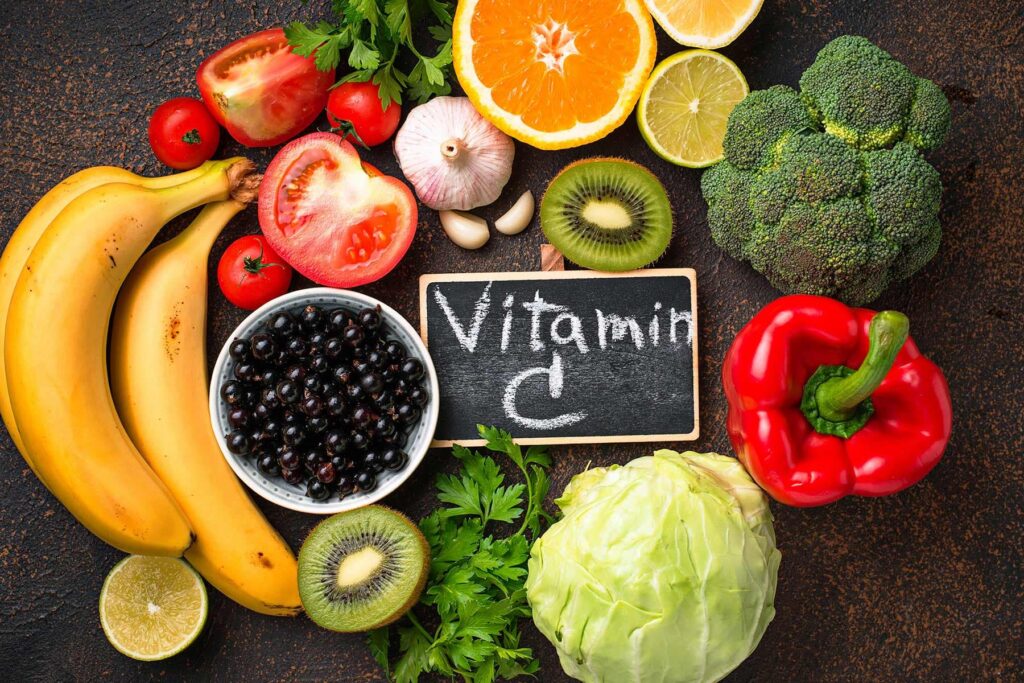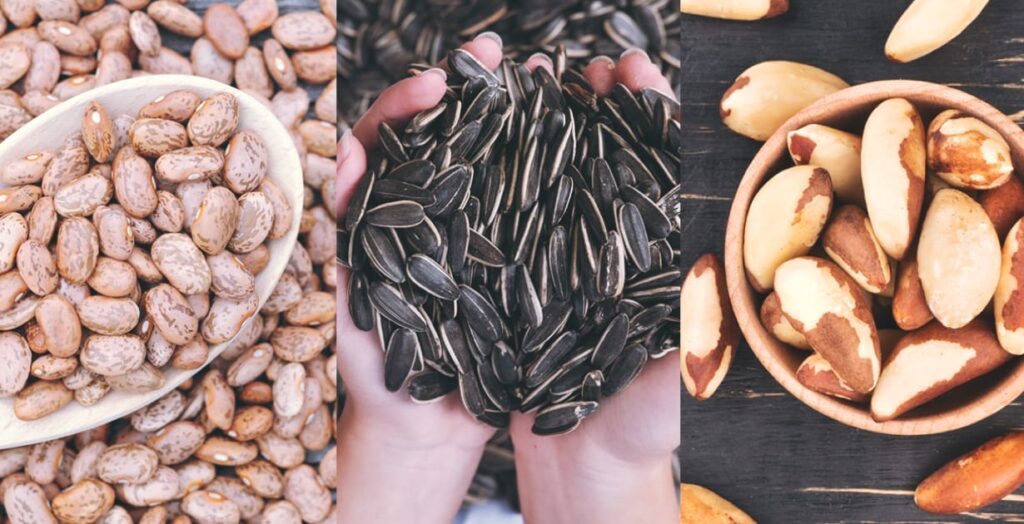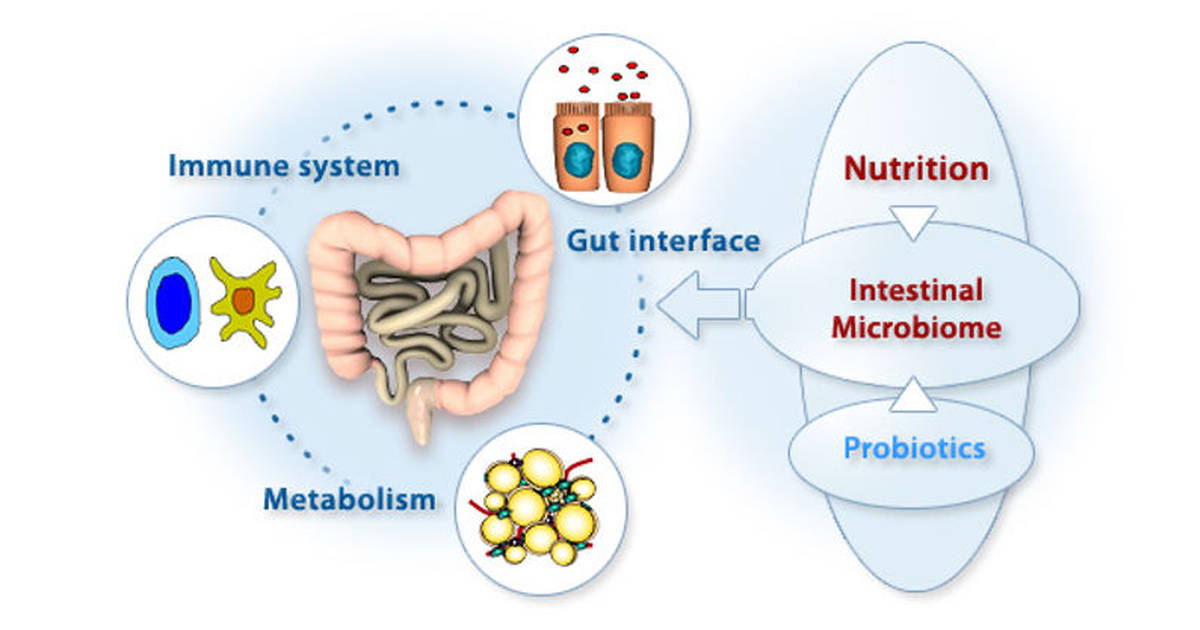Nutrients to Strengthen and Support Good Immune Function
By Farida Visram, CNP

At 55, I have come to appreciate that embedded in every challenge is an opportunity. Woven into the fabric of life, challenges stimulate and re-ignite our innate capacity for resourcefulness, resilience and innovation, paving the way for a fresh perspective and a re-evaluation of the possibilities.
As we contemplate the significant consequences already experienced by many around the globe from this novel strain of coronavirus, it is vital to remember that the human body – through our immune system – is innately endowed with the intelligence and capacity to mount a robust defense against disease-causing microorganisms and indeed, does so every moment of our life, whether we are conscious of it or not.
While good immune function is a holistic effort involving a supportive diet that emphasizes whole foods and minimizes refined sugars, prioritizes relaxation and quality sleep, promotes practices that support good mental and emotional regulation such as nurturing meaningful relationships, gratitude and mindfulness, and ensuring we use opportunities to move our bodies throughout the day, this article focuses on 5 key and well-studied nutrients known to optimize resistance to disease and infection. It is important to remember that through proper nourishment, each of our trillions of body cells is built and can carry out it’s proper function, translating into health, resilience, and a quicker recovery when we fall ill.
Before diving into these nutrients and their food sources, let us take a quick look at the structure and function of the human immune system which is nothing short of fascinating.
Composed of two arms working jointly to protect the body, the “innate” defense system responds immediately to “any” foreign substances and is always prepared to defend the body, while the “adaptive” defense system must first “meet” an invader before it can mount an attack – this initial exposure “primes” the body to respond more precisely to the current threat and more vigorously to future encounters with the same invader.
Our skin is an innate defense which forms a physical barrier, preventing the entry of unfriendly microorganisms into the body. Nasal hairs and mucus in our respiratory and digestive tracts trap viruses, bacteria and fungi while saliva in the mouth, hydrochloric acid made by our stomachs and bile produced by the liver destroy pathogens in the mouth, stomach and gut – highlighting the importance of good digestive function. Specialized white blood cells such as phagocytes and natural killer cells attack virus-infected or cancerous cells directly, while sophisticated antimicrobial chemicals such as interferons released by cells infected by viruses protect uninfected cells from viral takeover.
The adaptive arm of the immune system includes lymphocytes – a type of white blood cell made in red bone marrow, antibodies – which are formed in response to a foreign substance and “antigen-presenting cells” such as macrophages whose role is to engulf foreign substances and then present fragments of these foreign substances to the cells that will actually deal with the invader (how cool is that?)
Working closely with the immune system is our lymphatic system (often called the drains of the body) and includes the thymus, spleen, tonsils and lymph nodes. Lymphatic vessels run parallel to the arteries and veins and perform the important function of draining and cleaning leaked fluids and waste products from our tissues using specialized cells to do the job before returning this fluid back to the blood.
Finally, and most importantly, let us not forget the human microbiome. Consisting of trillions of bacteria, viruses and fungi and outnumbering our own body cells at least three to one, they live on our skin, mouth, gut and other organs of the body. Today, a growing understanding of their influence on everything from digestion and immune function, to emotional health and whether we go on to develop a condition or disease which runs in the family is still being studied.
Despite the obvious complexity of our body defenses, nourishing good immune function is surprisingly simple and well within our grasp.
Here are my top nutrient recommendations:

1.Vitamin D: Known as the sunshine vitamin, Vitamin D is manufactured when the sun’s UVB
rays react with cholesterol inthe skin to form Vitamin D3, undergoing further conversion in the liver and finally the kidneys into a form that the body can use. Best known for it’s importance in bone health, Vitamin D is extremely important for immune function, producing a substance called cathelicidin which kills viruses, bacteria and fungi. Here in Canada, UVB levels are far too weak during the months of October and May to manufacture Vitamin D naturally and it is critically important to supplement Vitamin D during these months if your levels are not optimal. As Vitamin D testing through your physician is now a paid service, it is vital to request it at your next visit and steps taken

2. Vitamin C: Needed for collagen production – a protein required by joints, ligaments, skin, cartilage, blood vessels, bones and teeth, Vitamin C also plays an important role in enhancing immunity, in addition to having anti-viral and anti-bacterial properties. Unlike animals, human beings cannot manufacture their own Vitamin C so it must be supplied in the diet. Levels are also quickly depleted during the stress of an infection or a chronic illness, necessitating increased consumption of Vitamin C rich foods or supplementation. Top food sources are citrus fruits such as lemons, limes and oranges (consider squeezing lemon or lime juice over your food or using either one in home-made salad dressings with extra virgin olive oil). Vegetables such as red peppers, kale, parsley, collard leaves and broccoli also contain high levels. Vitamin C is quickly destroyed by exposure to air and heat and is therefore best obtained from fresh foods.

3.Vitamin A: Best known for it’s role in maintaining healthy vision, Vitamin A has been well studied for it’s anti-inflammatory effects and role in immune function. It is also involved in maintaining the integrity of the skin and lining of our respiratory and gastrointestinal tracts, which as we mentioned earlier, provide a physical barrier to the entry of unfriendly organisms. There are two forms of Vitamin A – retinoids found in animal foods and carotenoids found in plant foods, each providing different health benefits beyond the scope of this article. Suffice to say both are important. Good sources of retinoids are beef, lamb and chicken liver, mackerel, salmon, butter and eggs, while the best sources of carotenoids are orange flesh foods such as carrots, sweet potatoes, squash and papaya.

4. Zinc: Zinc plays a crucial role in the body’s immune and detoxification processes by promoting destruction of foreign particles, protecting against free radical damage and along with Vitamin A, is needed for our white blood cells to function properly. Good sources are pumpkin seeds, ginger root, brazil nuts, oats and almonds.

5.Selenium: This lesser known but well-studied mineral affects all components of the immune system, including the development and expression of the different kinds of white blood cells with deficiency resulting in depressed immune function and resistance to infection. A top food source is brazil nuts with an important caution here – avoid consuming more than one or two a day to avoid selenium toxicity. Other good sources are swiss chard, oats, eggs and garlic.
Final thoughts
Understanding and recognizing that we are built to withstand challenge, and harnessing these resources using nature as our guide is empowering, brings hope and reminds us that we are far from defenceless, and that small shifts go a long way towards enhancing our most precious resource – our health and vitality – and ultimately, our ability to navigate the inevitable hurdles that we encounter.
Elaine N. Marieb, 11th Edition, Essentials of Human Anatomy and Physiology, (Illinois: Pearson Education Inc., 2015), 410-414
Michael Murray, N.D. and Joseph Pizzorno, N.D., Encyclopedia of Natural Medicine, Revised 3rd Edition (New York: Atria Paperback, 2012), 170
Blum HE. The human microbiome. Adv Med Sci. 2017;62(2):414–420. doi: 10.1016/j.advms.2017.04.005
Gombart, Adrian F. “The vitamin D-antimicrobial peptide pathway and its role in protection against infection.” Future microbiology vol. 4,9 (2009): 1151-65. doi:10.2217/fmb.09.87
Michael Murray N.D., Encyclopedia of Healing Foods (New York: Atria Books, 2005), 100
Chambial, Shailja et al. “Vitamin C in disease prevention and cure: an overview.” Indian journal of clinical biochemistry: IJCB vol. 28,4 (2013): 314-28. doi:10.1007/s12291-013-0375-3
Michael Murray, N.D. and Joseph Pizzorno, N.D., Encyclopedia of Natural Medicine, Revised 3rd Edition (New York: Atria Paperback, 2012), 176-177
Huang, Zhiyi et al. “Role of Vitamin A in the Immune System.” Journal of clinical medicine vol. 7,9 258. 6 Sep. 2018, doi:10.3390/jcm7090258
Wintergerst ES, Maggini S, Hornig DH. Immune-enhancing role of vitamin C and zinc and effect on clinical conditions. Ann Nutr Metab. 2006;50(2):85–94. doi:10.1159/000090495
Avery, Joseph C, and Peter R Hoffmann. “Selenium, Selenoproteins, and Immunity.” Nutrients vol. 10,9 1203. 1 Sep. 2018, doi:10.3390/nu10091203
Farida is a Certified Nutritional Practitioner and a graduate of The Institute of Holistic Nutrition. Through her private practice, Pathways Nutritional Consulting, she guides and counsels individuals who are looking for natural ways to support and improve their overall health and well-being. She can be reached via email at [email protected] or by phone at 905-782-8181.




